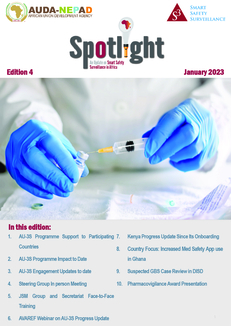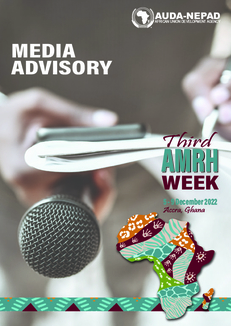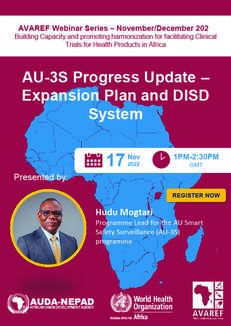One third of high burden TB countries are in Southern Africa, including the four project countries ;
- Highest TB/HIV co-infection rates (50-77% in project countries);
- High levels of poverty (50-60%) which contribute to and exacerbate TB;
- Intra-regional movement of people and goods along porous borders for labor and other economic activities historically associated with disease transmission, including TB & other infectious diseases;
- Mining activity a double edged sword being a major source of income for a number of countries while on the other hand being a historical facilitator for transmission of TB and other occupational lung diseases;
- The region has experienced public health emergencies such as the recent cyclone (Idai and Kenneth) that affected Malawi and Mozambique and other neighbouring countries with risks for outbreaks of cholera and other diarrhoeal diseases;
- Zambia shares borders with DRC that has been a hot spot for Ebola virus disease (EBV) outbreak in the few past years with many informal crossings, coupled with inadequacies in isolation facilities; competencies of frontline workers;
- Health systems which are poorly equipped to respond to the magnitude of the TB burden & other disease outbreaks.




